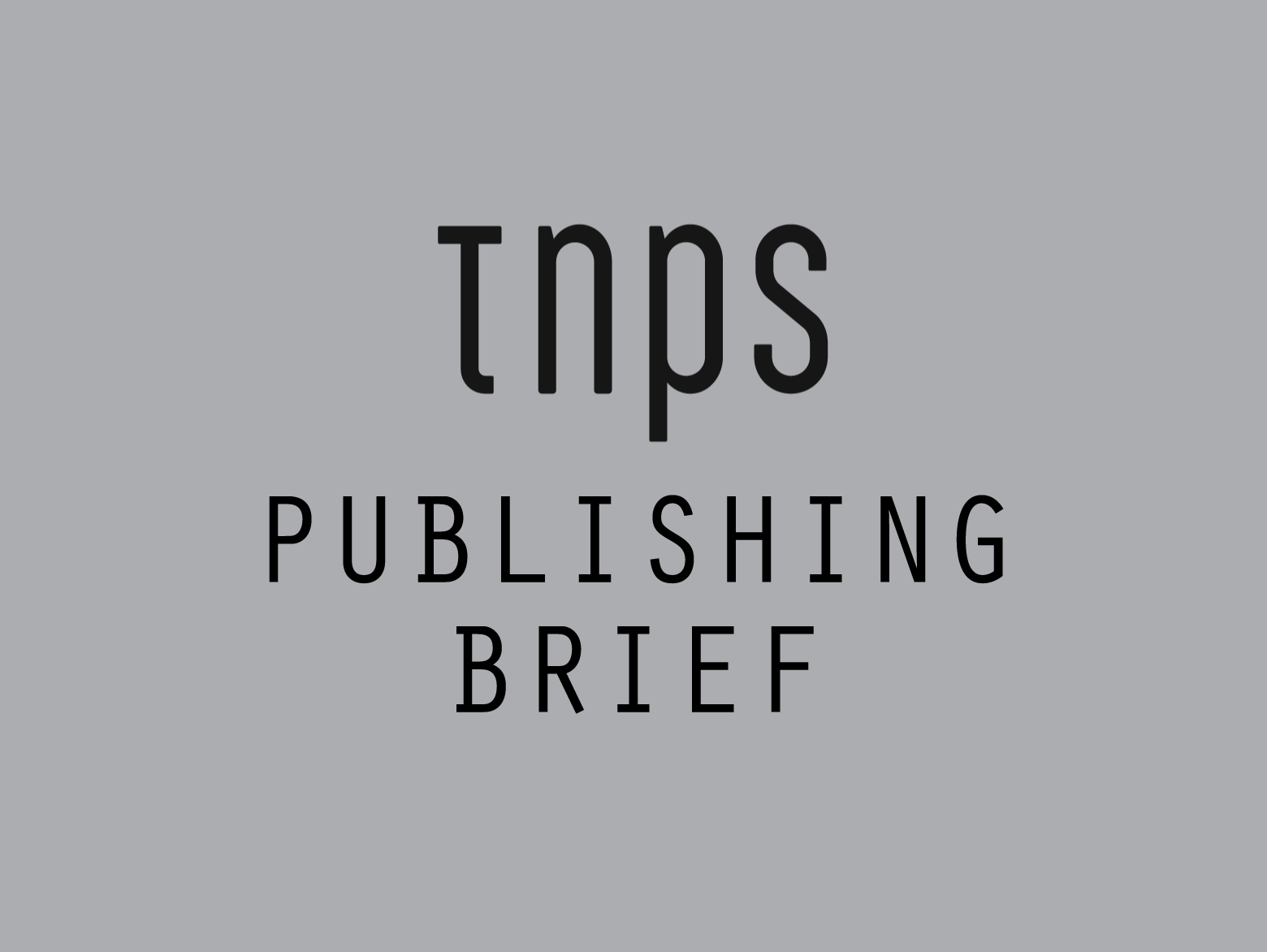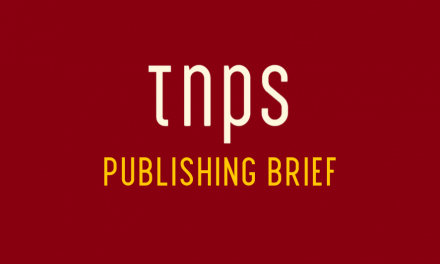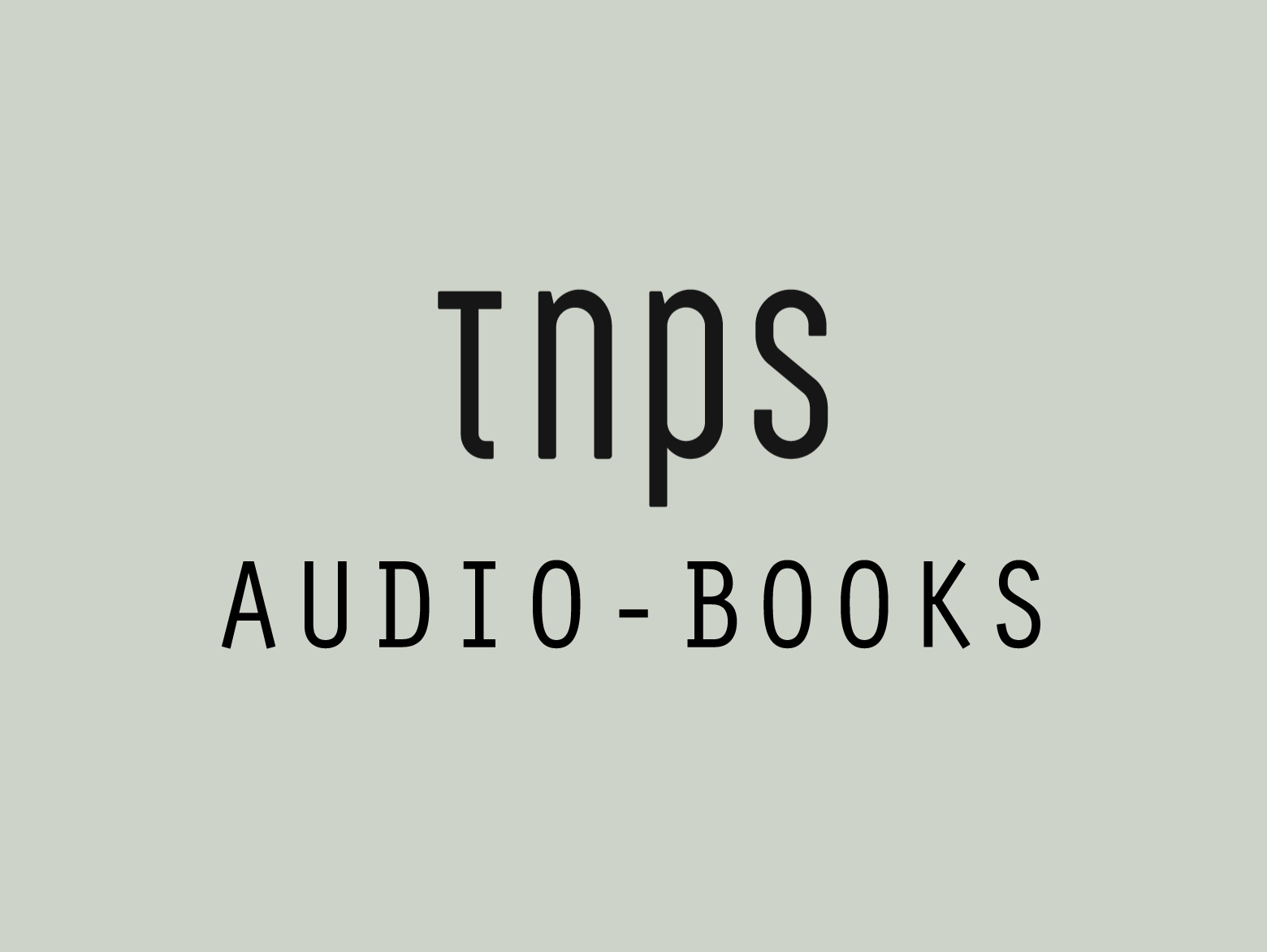What do WB Yeates, Sherrilyn Kenyon, Lynda La Plante, Jules Verne, F. Scott Fitzgerald and Agatha Christie have in common?
They all endured some form of what we now call “learning disabilities,” chief among them likely dyslexia, which although first recognised in the late 1890s did not become widely accepted as a learning difficulty until much more recently.
October is Dyslexia Awareness Month and OverDrive this week is claiming to be the only US ebook provider to offer a dyslexic font option as a reading setting.
According to the OverDrive blog readers can select the dyslexic-friendly font option “in OverDrive’s app, Libby, browser-based OverDrive Read, and at their OverDrive website to ensure reading comfort as they focus on finding and enjoying their next great read.”
The dyslexic font, says OverDrive, “is a digital-exclusive perk,” explaining,
Many readers report a preference for traditional books. But standard typefaces are often difficult to read for people with dyslexia. The letters are hard to differentiate and words tend to jumble together. These typefaces are featured in most eBooks, and ALL paper books. The dyslexic font, or dyslexie, is designed so that each letter is unique. Letters and words have extra distance between them to combat reversal and flipping of letters. Additionally, capital letters are bolder to help readers identify new sentences.

Source: OverDrive
All very worthy, but I would take issue with the suggestion that “ALL paper books” use dyslexia-unfriendly fonts.
They might not use this particular “dyslexie” font OverDrive refers to, but there are plenty of paper books available, especially for children, that have been designed with fonts dyslexics find comfortable.
But all credit to OverDrive for offering a font dyslexics can read that can be applied to any ebook available in the OverDrive catalogue.





